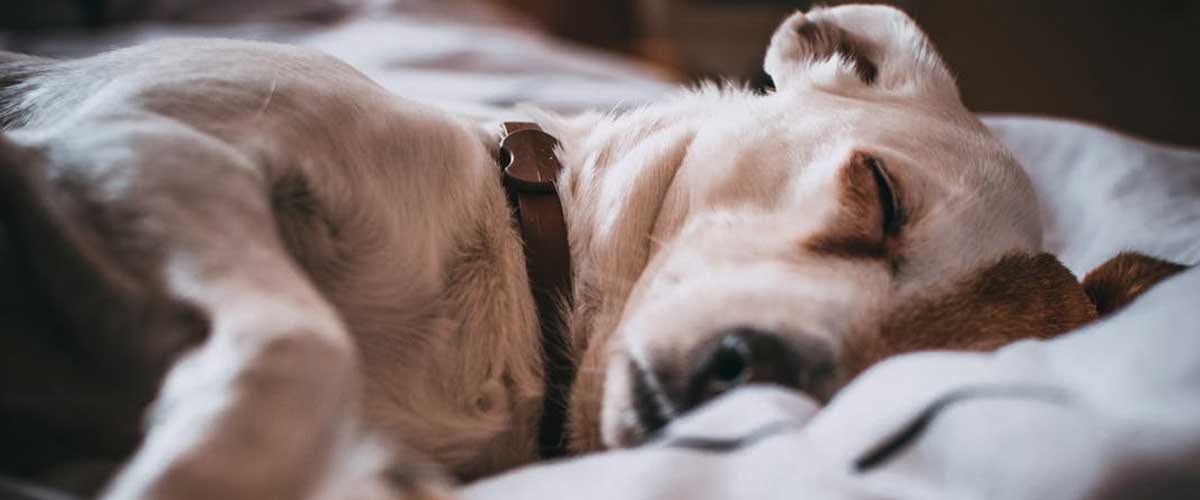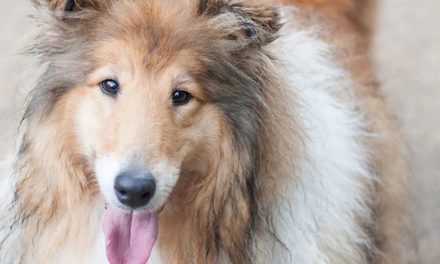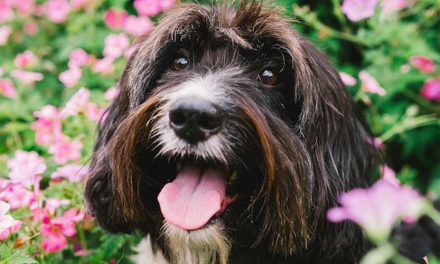When it comes to our beloved canine companions, many pet owners often wonder about their sleeping habits.
While most dogs do spend a significant portion of their day sleeping, their sleep patterns differ notably from ours.
Understanding these differences can help us care for our dogs more effectively and ensure they lead happy, healthy lives.
Sleeping Patterns of Dogs
Dogs, on average, sleep between 12 to 14 hours a day, although this can vary based on age, breed, and activity level.
Puppies, for example, may sleep up to 20 hours a day, as they need extra rest for growth and development.
Senior dogs may also require more sleep due to reduced energy levels.
In contrast, highly active breeds might sleep less at night than more sedentary types.
Unlike humans, who often have consolidated sleep cycles that last 7 to 8 hours, dogs tend to have shorter sleep cycles that last about 20 minutes.
This means they can quickly transition in and out of deep sleep and light sleep.
In fact, dogs can experience REM (Rapid Eye Movement) sleep just as we do, which is when dreaming occurs.
You might notice your dog twitching or moving their paws—signs that they are deeply immersed in a dream!
The Nature of Dog Sleep
Dogs are more likely to be light sleepers. Their instincts dictate that they remain alert to potential dangers, which is why you might find your dog awake at odd hours, even if it seems like they have been asleep for a while.
Most dogs will peacefully slumber through the night, but they are also quick to wake up if they hear noises, see movement, or sense that their human is awake.
Additionally, dogs tend to follow a polyphasic sleep schedule, which means they take multiple short naps throughout the day rather than one long sleep period.
This is a natural trait that aligns with their ancestral hunting behaviors, where short bursts of activity were followed by periods of rest.
Factors Influencing Dog Sleep
A variety of factors can affect a dog’s sleep patterns:
1. Age: Puppies and older dogs may require more sleep than healthy adults.
2. Activity Levels: Active dogs generally need longer recovery times and may sleep more soundly, while less active breeds might nap frequently but not sleep as deeply.
3. Health Conditions: Any underlying health issues can disrupt a dog’s sleep patterns, causing them to sleep less or more depending on their condition.
4. Environment: A comfortable, safe sleeping environment can promote better sleep. Dogs often prefer cozy, quiet spots where they feel secure.
5. Routine: Dogs thrive on routine. A consistent schedule for feeding, walks, and playtime can contribute to better sleep at night.
Providing For Your Dog’s Sleep Needs
To ensure your dog gets adequate rest, consider the following tips:
Create a Comfortable Sleeping Area:
Provide a soft bed in a quiet location, away from disturbances.
Establish a Routine:
Try to stick to a regular schedule for walks, playtime, and feeding to help your dog anticipate sleep times.
Monitor Health:
Keep an eye on any changes in your dog’s sleeping patterns, as these may indicate health issues that may require veterinary attention.
In conclusion
While dogs may not sleep through the night in the same way humans do, they still enjoy significant rest throughout the day and night.
By understanding their unique sleep patterns and needs, you can help your furry friend get all the rest they require to stay happy and healthy.
After all, a well-rested dog is a happy dog!












